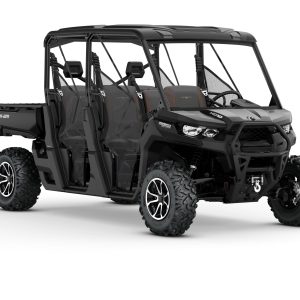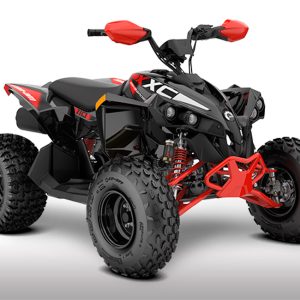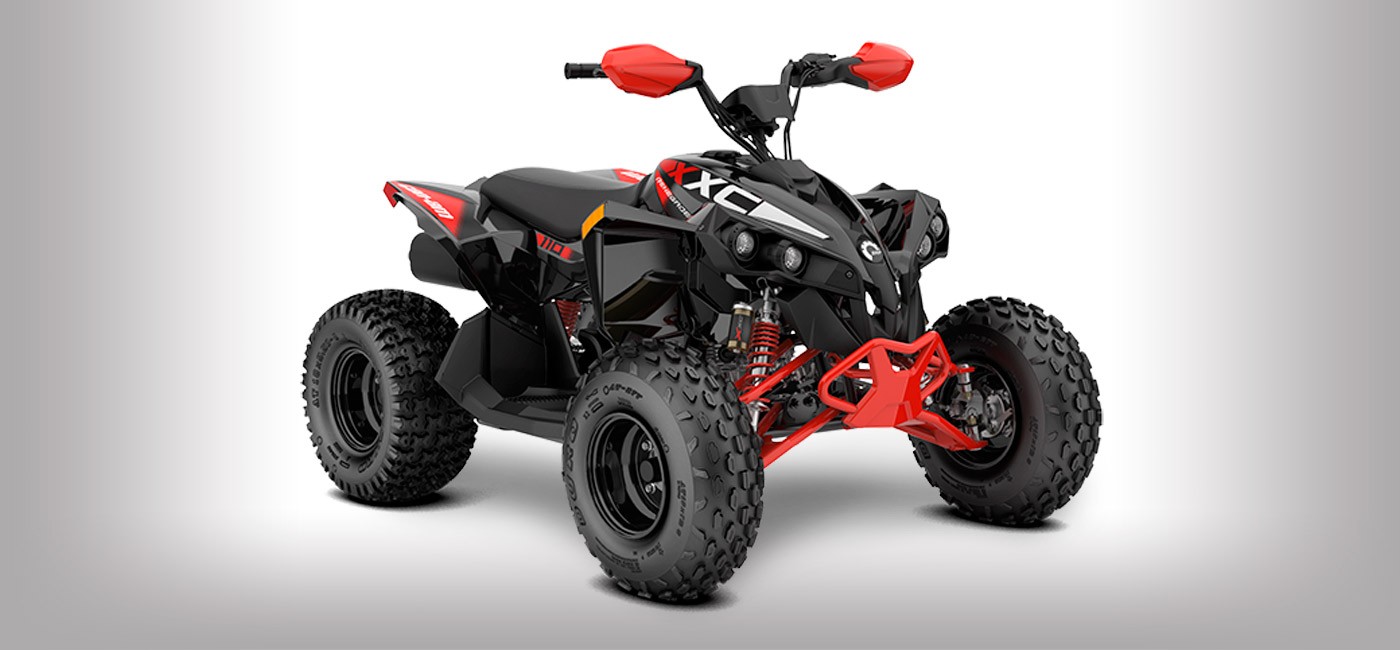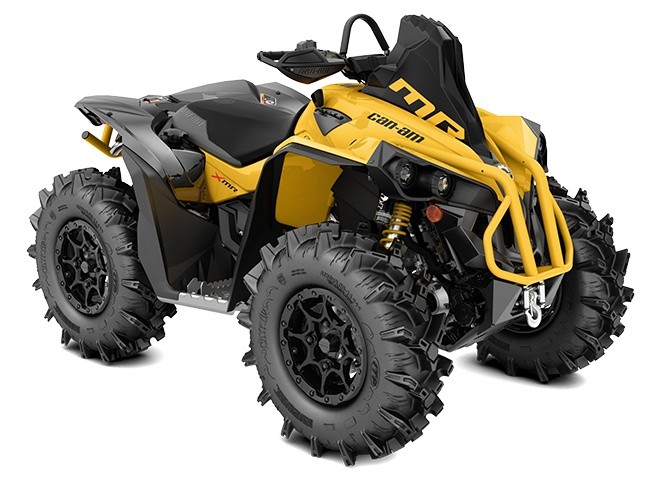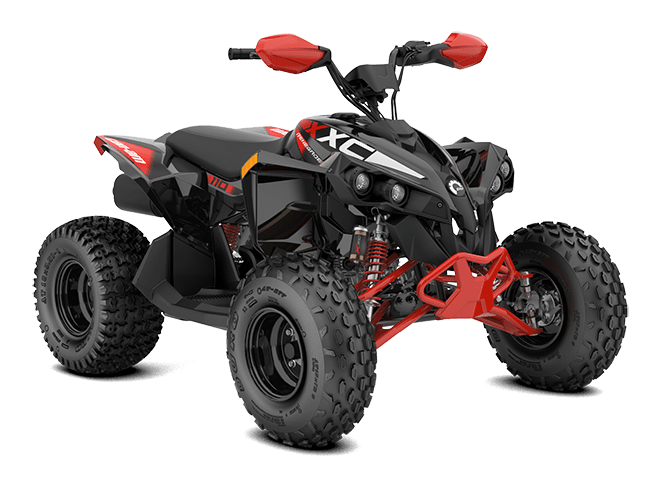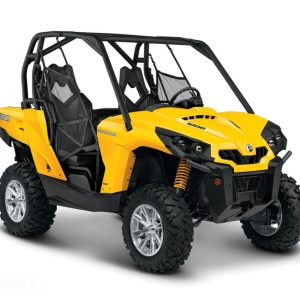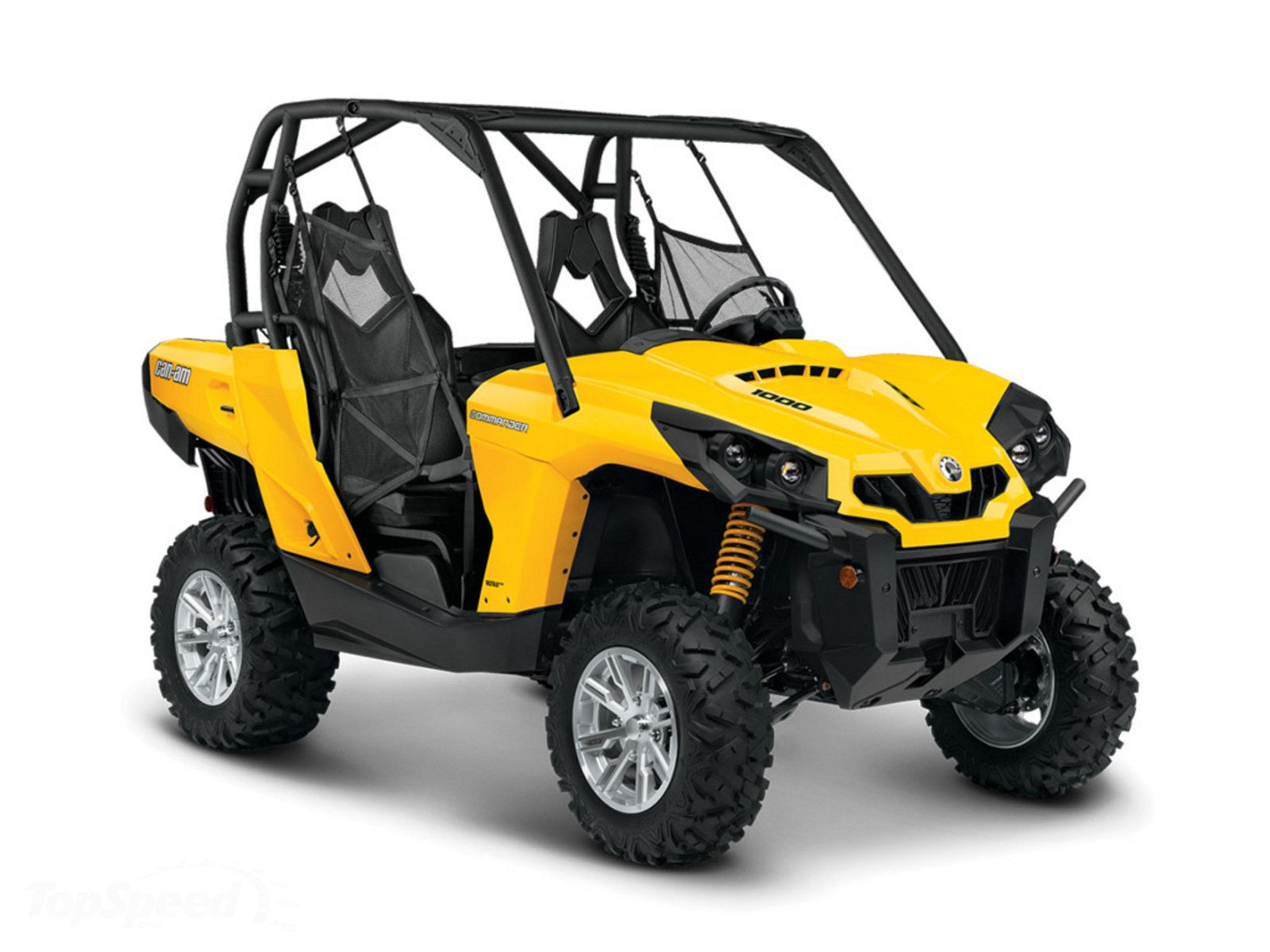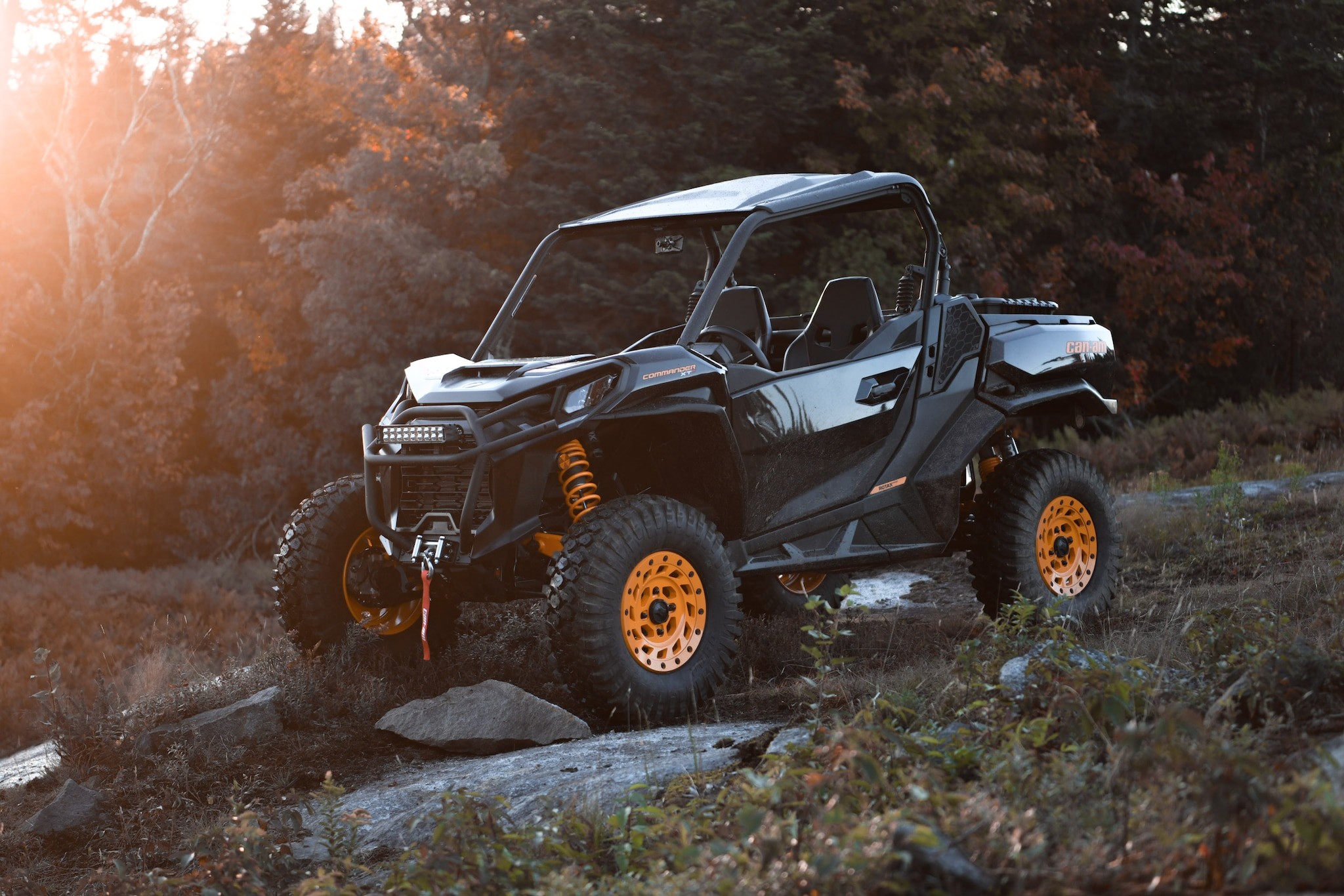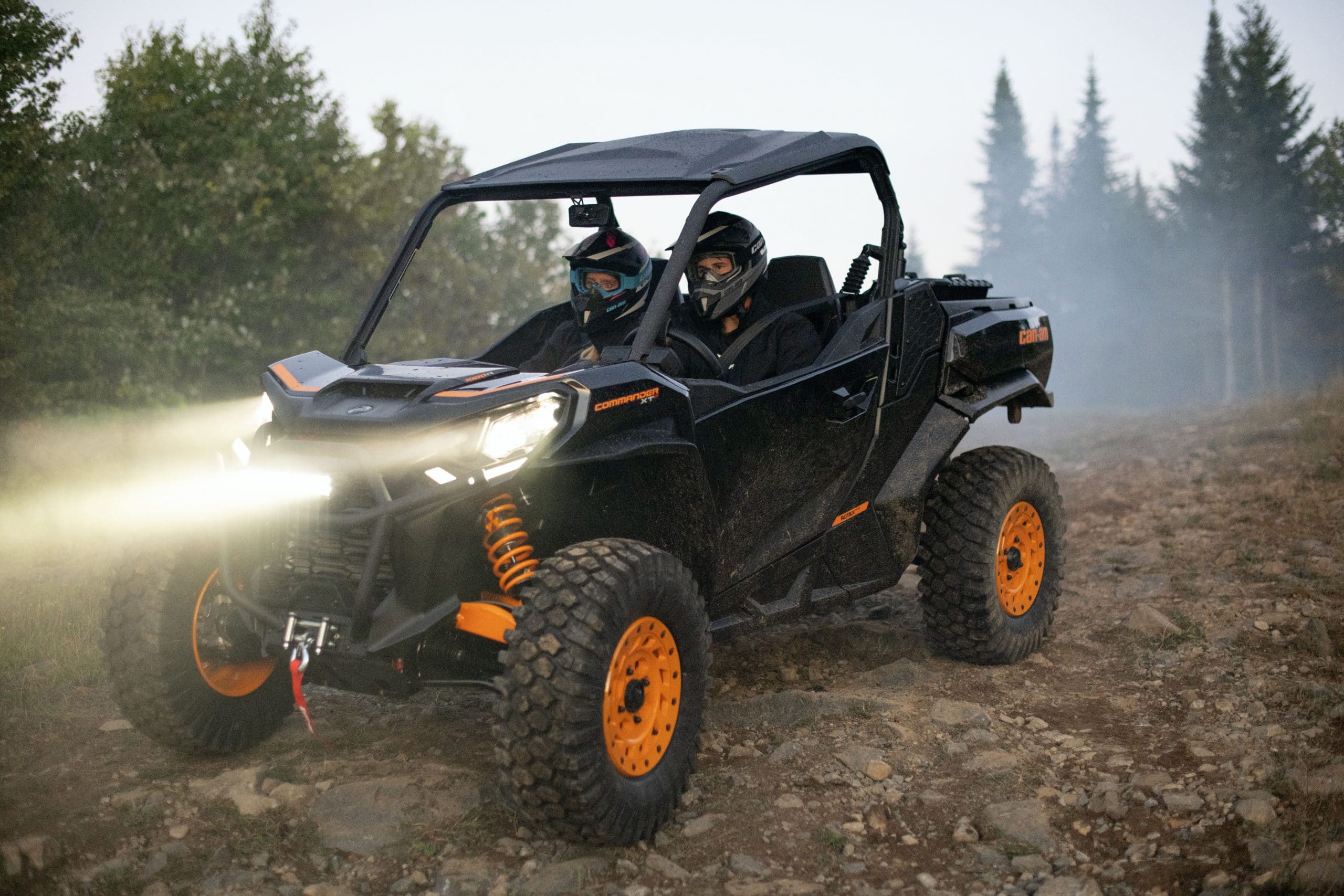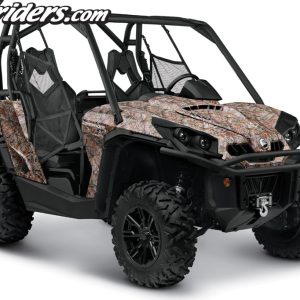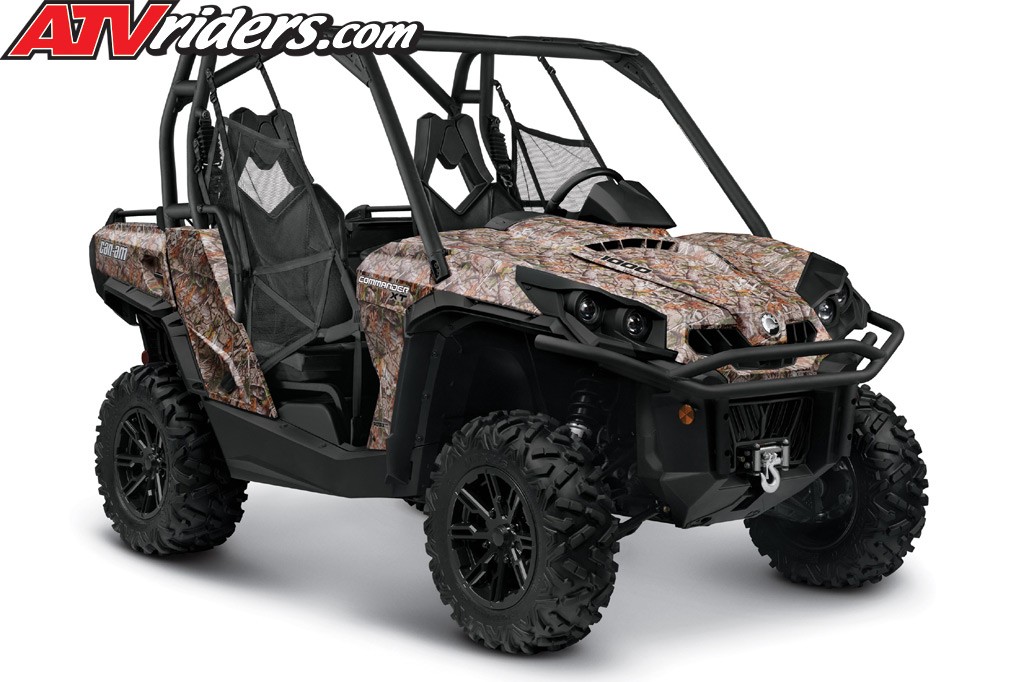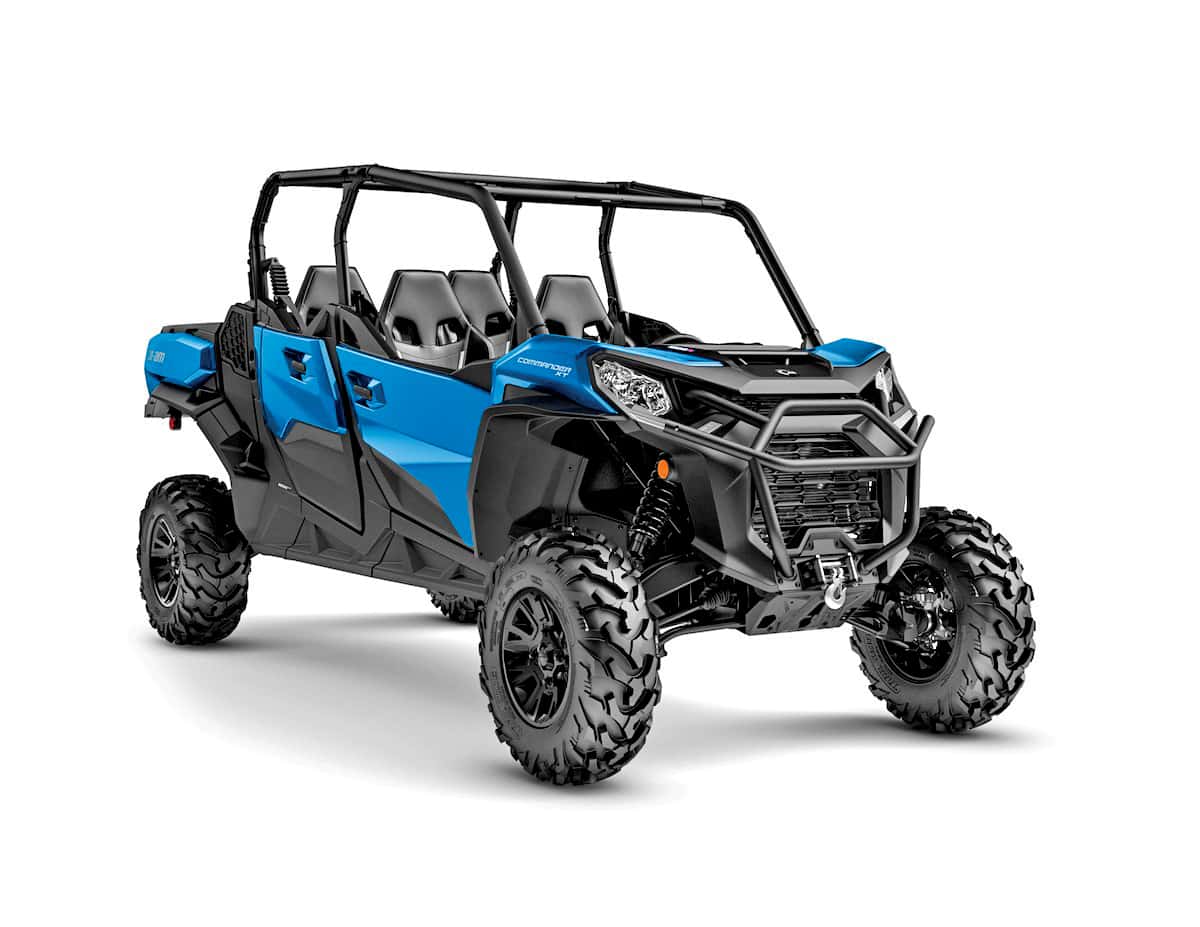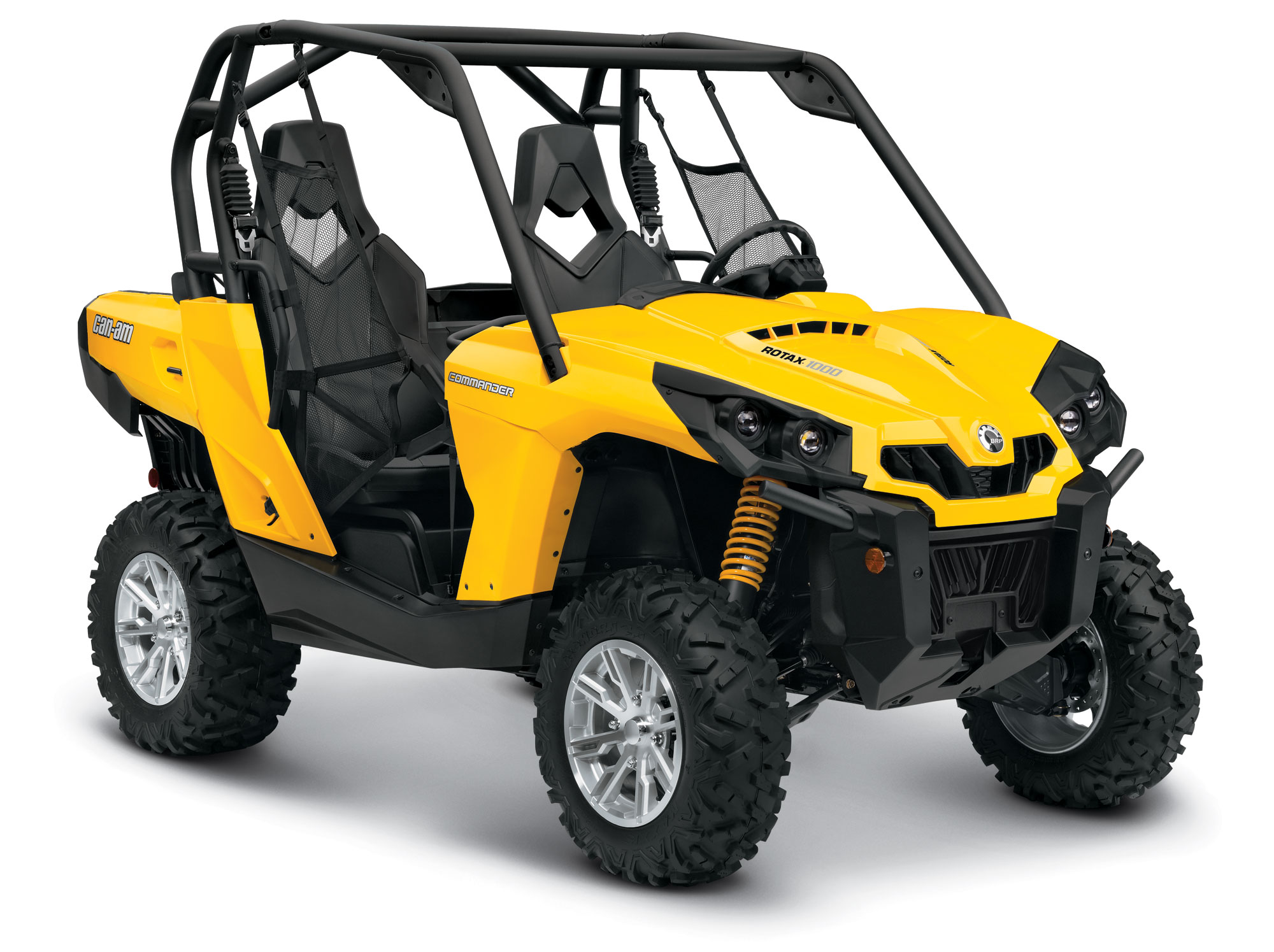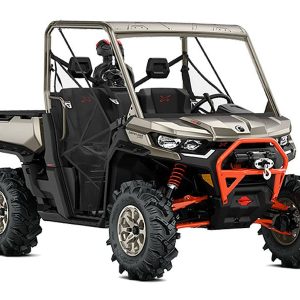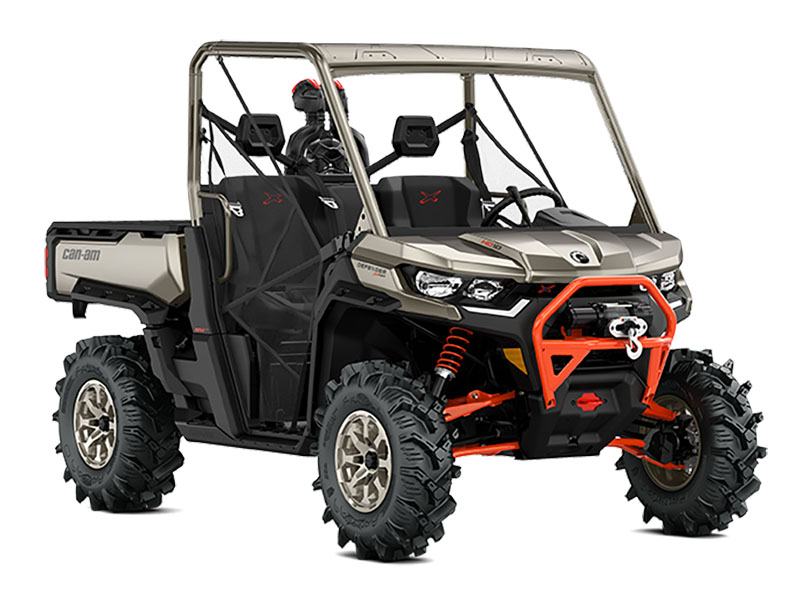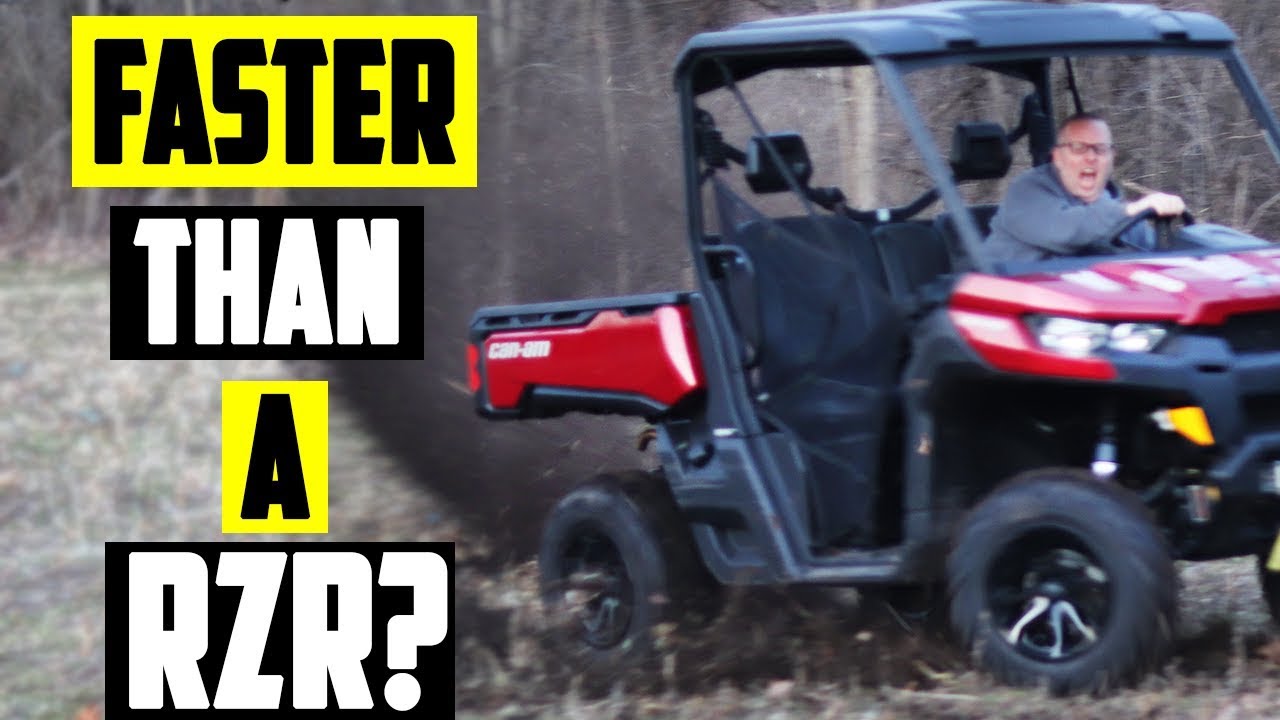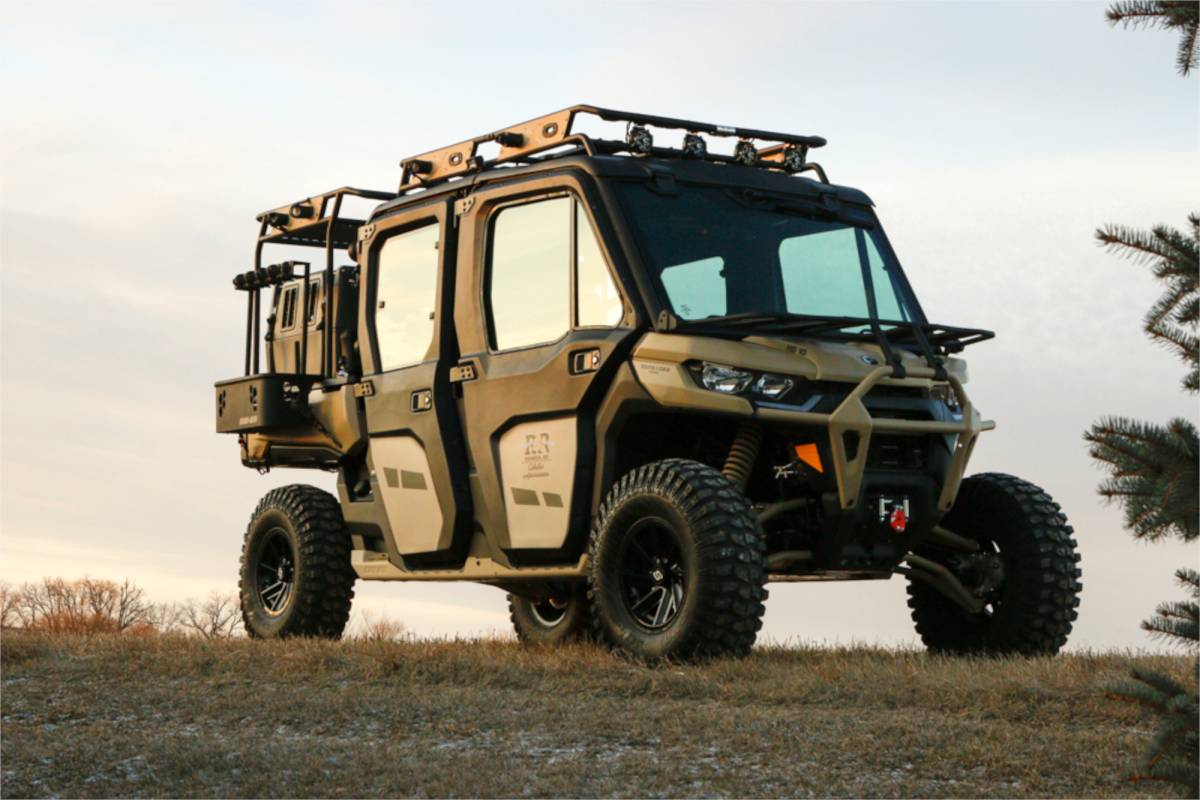Can-Am Defender 1000 Top Speed
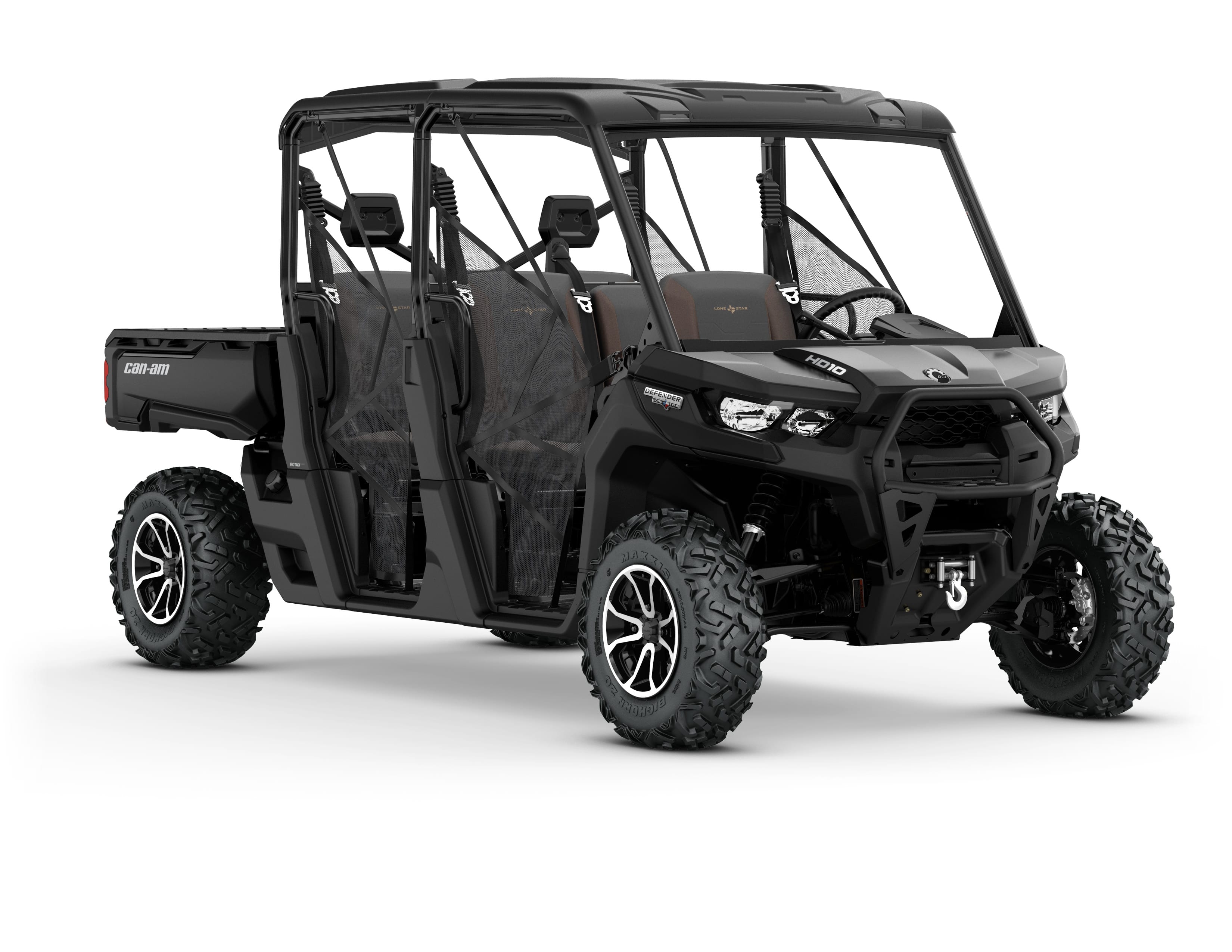
Executive Summary
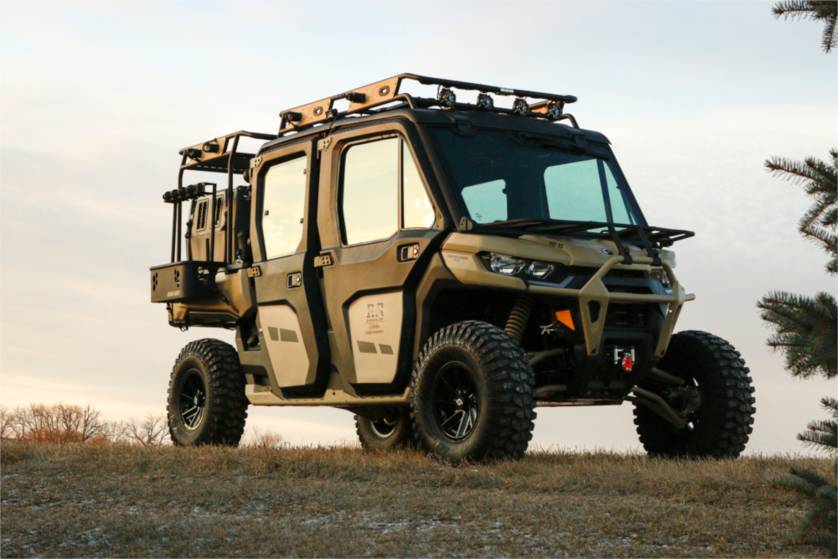
The Can-Am Defender 1000 is a popular side-by-side vehicle known for its robust engine, impressive off-road capability, and versatility. While it’s not built for speed like some sports models, understanding the Defender 1000’s top speed is essential for anyone considering it. This article explores the factors that influence the Defender’s top speed, including its engine, transmission, and optional upgrades. We also delve into performance tips for maximizing speed and efficiency.
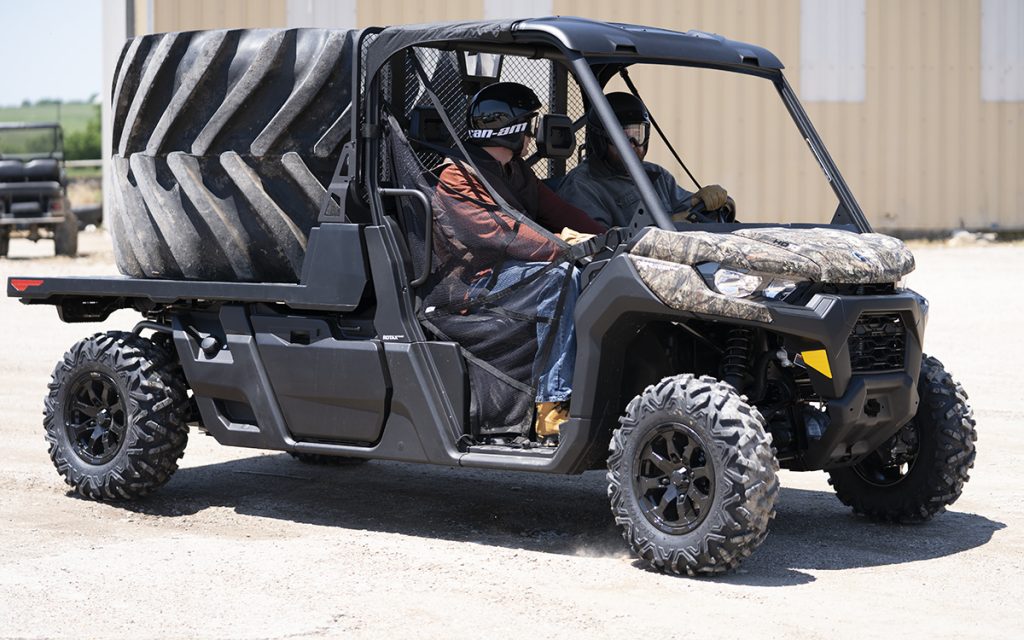
Introduction
The Can-Am Defender 1000 is a workhorse designed for a variety of tasks, including hunting, farming, and recreational riding. While it’s not a race car, many owners still want to know how fast it can go. Several factors influence the Defender 1000’s top speed, including the engine, transmission, tires, and even the terrain.
Frequently Asked Questions (FAQ)
1. What is the stock top speed of the Can-Am Defender 1000?
The stock top speed of the Can-Am Defender 1000 is generally around 60-65 mph. This can vary slightly depending on the model year and specific configuration.
2. Can I increase the top speed of my Can-Am Defender 1000?
Yes, there are several ways to increase the top speed of your Defender. You can install a performance exhaust, a larger air intake, or a tuning module. However, it’s important to note that these modifications can void your warranty and potentially affect your vehicle’s reliability.
3. What are some tips for maximizing the performance of my Can-Am Defender 1000?
To maximize your Defender’s performance, you can ensure proper tire pressure, use high-quality fuel, and regularly maintain the engine. It’s also beneficial to keep the vehicle clean and free of debris.
Engine and Performance
The Can-Am Defender 1000 is powered by a Rotax 976cc V-Twin engine, producing a healthy amount of power for its intended purposes. While not designed for pure speed, the engine provides sufficient power for off-roading and hauling.
- Horsepower and Torque: The Defender 1000’s engine produces around 82 horsepower and 79 lb-ft of torque. This power output enables it to navigate challenging terrain with ease, haul heavy loads, and reach a respectable top speed.
- Transmission: The Defender 1000 utilizes a CVT (Continuously Variable Transmission) system. While known for smooth operation, CVT transmissions can sometimes limit top speed, especially when compared to manual gearboxes.
- Fuel Efficiency: The Defender 1000 boasts impressive fuel efficiency, especially considering its robust engine. This is attributed to the efficient fuel injection system and CVT transmission.
- Performance Modifications: For those seeking more power, various performance modifications are available. These include engine tuning modules, exhaust systems, and intake upgrades.
Suspension and Handling
The Can-Am Defender 1000’s suspension system is designed for both comfort and off-road performance. It features independent front and rear suspension with adjustable shock absorbers. This setup provides a balanced ride that’s both comfortable for passengers and capable of handling rough terrain.
- Independent Suspension: This allows each wheel to move independently, improving traction and handling, particularly on uneven surfaces.
- Adjustable Shock Absorbers: The shock absorbers can be adjusted to suit different riding styles and terrain conditions.
- Ground Clearance: The Defender 1000’s substantial ground clearance enables it to clear obstacles and navigate challenging terrain with ease.
- Stability: The Defender’s overall design and suspension setup contribute to its remarkable stability, making it a confident ride even at higher speeds.
Tires and Traction
The tires play a crucial role in determining the Defender 1000’s top speed and overall performance. Choosing the right tires is essential for maximizing traction and minimizing rolling resistance.
- Tire Size: Different tire sizes can impact the Defender’s top speed. Larger tires can increase ground clearance but may slightly reduce acceleration.
- Tire Type: The type of tire chosen will significantly influence traction. All-terrain tires are well-suited for a variety of surfaces, while mud tires offer superior grip in challenging conditions.
- Tire Pressure: Maintaining proper tire pressure is critical for optimal performance. Underinflated tires can cause excessive wear and affect traction.
- Tire Wear: Worn or damaged tires can negatively affect traction and top speed. Replacing tires when necessary ensures optimal performance.
Performance Tips
Here are some tips to maximize the performance of your Can-Am Defender 1000:
- Regular Maintenance: Performing regular maintenance, including oil changes, air filter replacements, and inspections, ensures optimal engine performance and fuel efficiency.
- Tire Pressure: Keeping tires inflated to the manufacturer’s recommended pressure optimizes handling, traction, and fuel efficiency.
- Clean Air Filter: A clean air filter allows the engine to breathe efficiently, boosting performance and fuel efficiency.
- Fuel Quality: Using high-quality fuel can improve engine performance and reduce wear and tear.
Conclusion
While not a speed demon, the Can-Am Defender 1000 is a capable machine that offers a respectable top speed for its intended purposes. Its robust engine, efficient transmission, and adjustable suspension provide a comfortable and reliable ride, both on and off the road.
Understanding the factors that influence the Defender’s top speed and implementing some performance tips can help you make the most of this versatile vehicle. Whether you’re navigating challenging terrain, hauling heavy loads, or simply enjoying a leisurely ride, the Can-Am Defender 1000 remains a capable and dependable choice.
Tags
- Can-Am Defender 1000
- Top Speed
- Side-by-Side
- Off-Road
- Performance Tips
